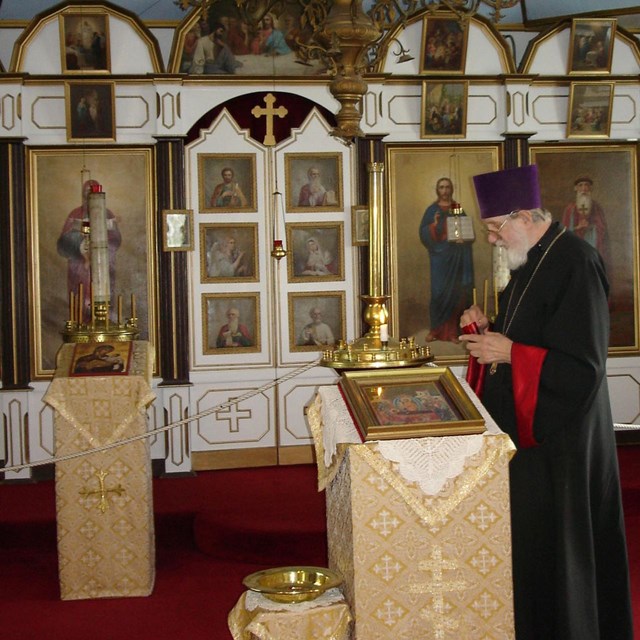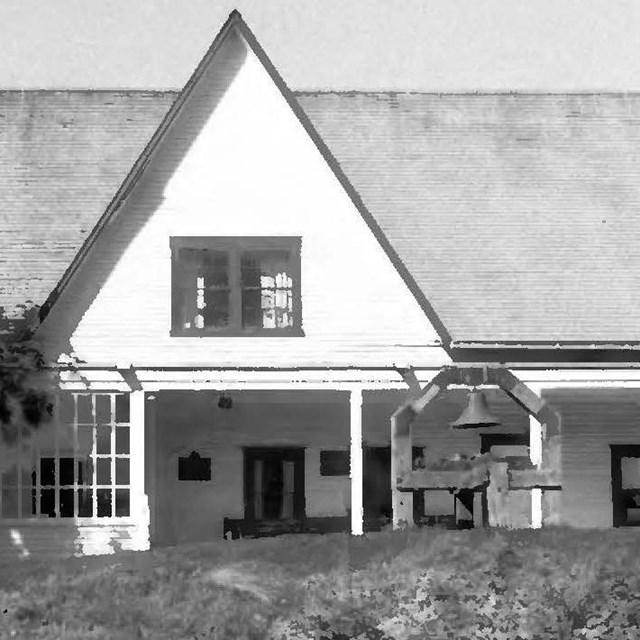Our Shared Heritage in NHLs
-
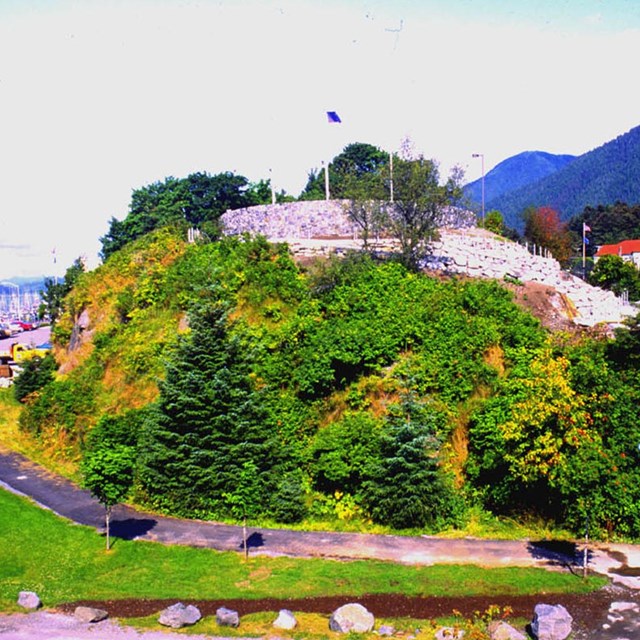 American Flag Raising Site NHL
American Flag Raising Site NHLOn October 18, 1867, the Russian flag was lowered on Castle Hill and the United States flag was raised
-
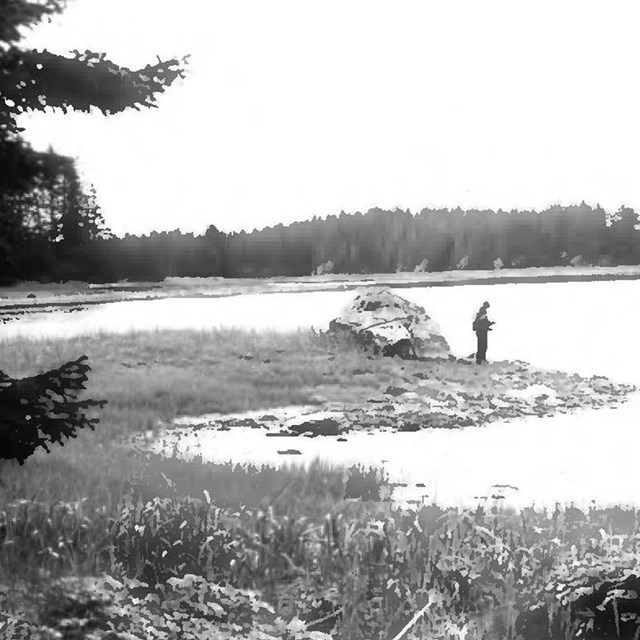 New Russia Site NHL
New Russia Site NHLThe New Russia settlement was the cause of great friction between the Yakutat Tlingit and Russian colonialists
-
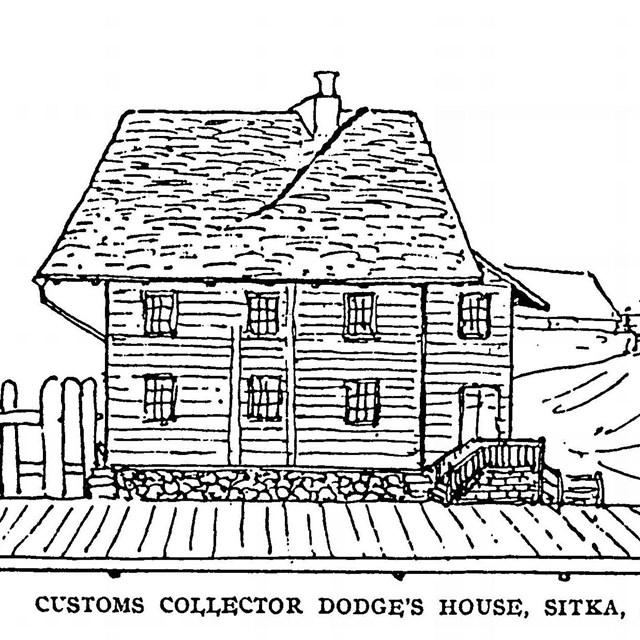 Russian American Co. Building No. 29 NHL
Russian American Co. Building No. 29 NHLLine drawing of the Russian-American Building No.29 in Sitka, Alaska.
-
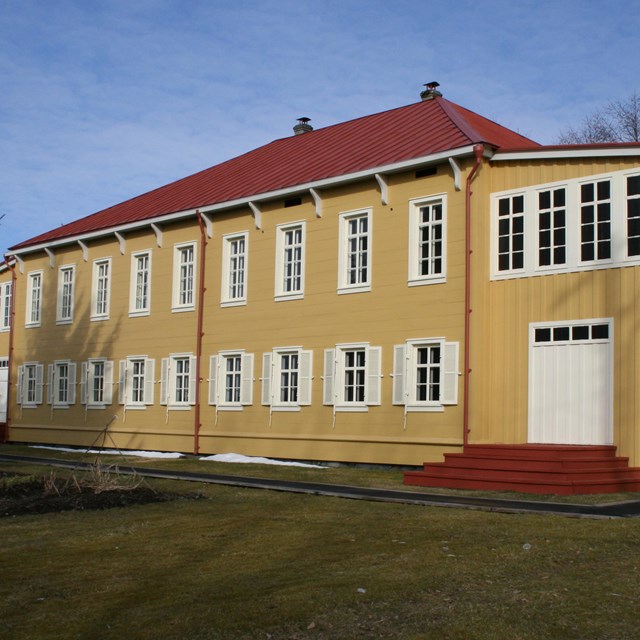 Russian Bishop's House NHL
Russian Bishop's House NHLThe historic Russian Bishop's House
-
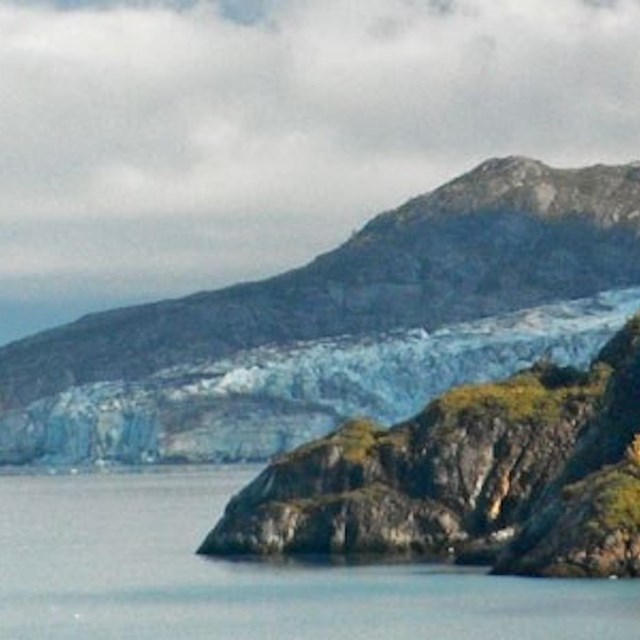 Fort Durham National Historic Landmark
Fort Durham National Historic LandmarkFort Durham represents the struggle between England, the United States, and the Russian Empire's control of the Americas
-
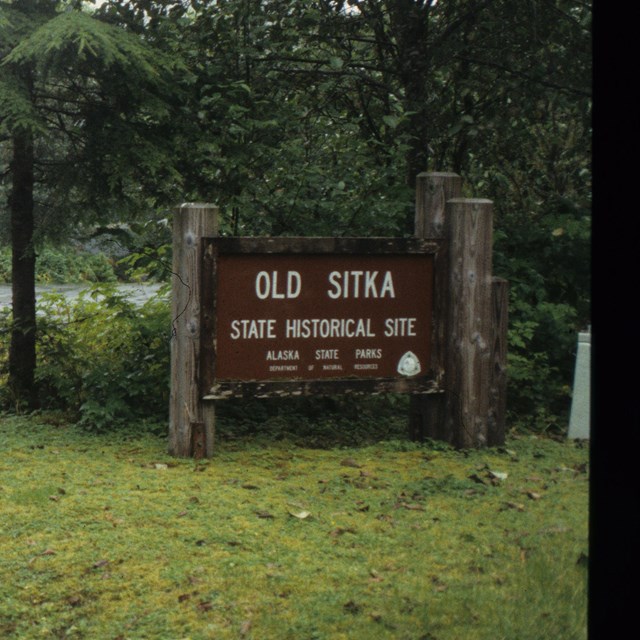 Old Sitka National Historic Landmark
Old Sitka National Historic LandmarkEntry to the Old Sitka State Historical park in lush green Sitka, Alaska.
-
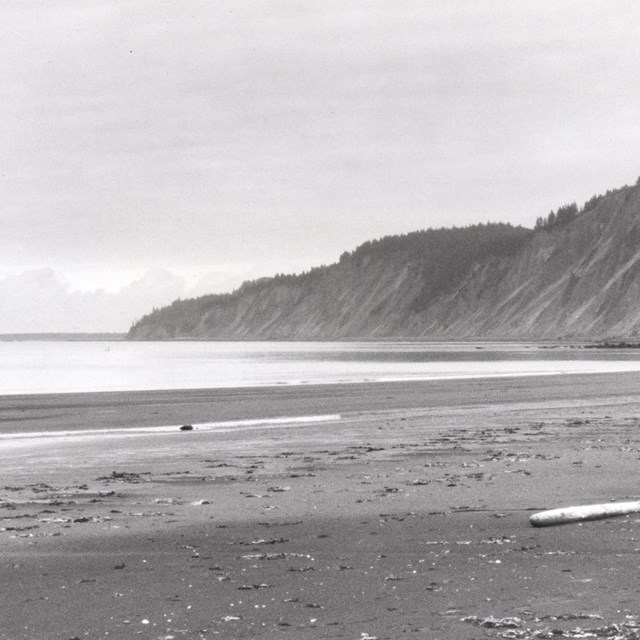 Bering Expedition Landing Site NHL
Bering Expedition Landing Site NHLRussia's arrival in Alaska opened a land that was unknown to westerners
-
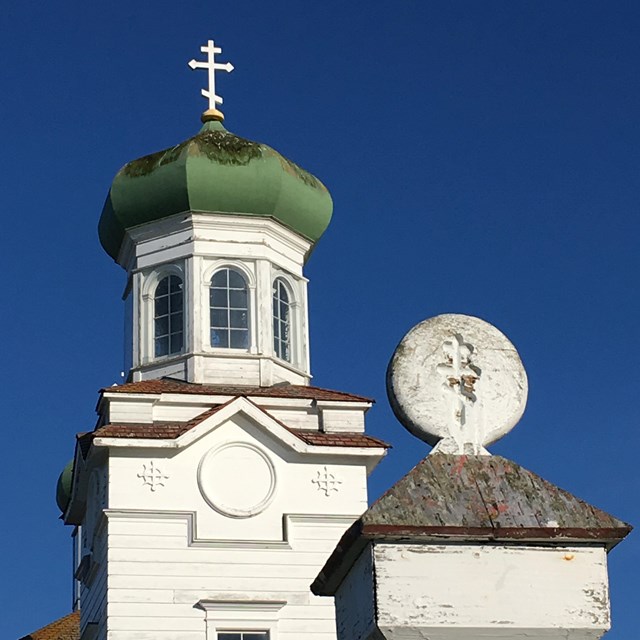 Church of the Holy Ascension NHL
Church of the Holy Ascension NHLChurch of the Holy Ascension National Historic Landmark in the Aleutians
-
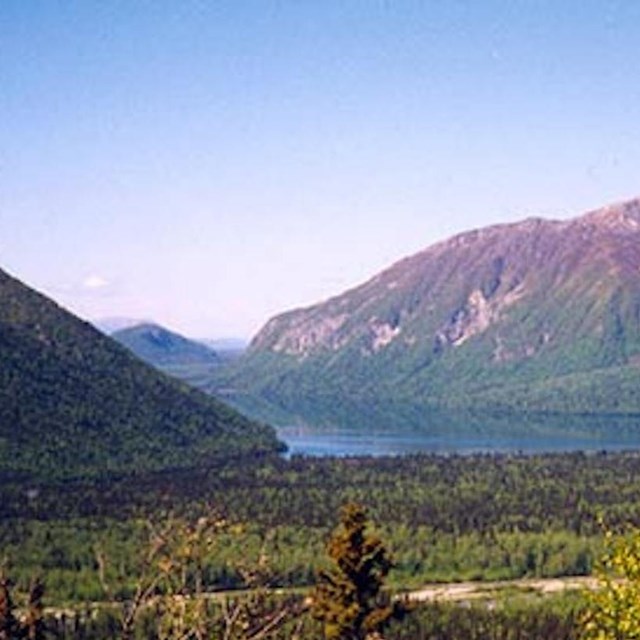 Kijik Archeological District NHL
Kijik Archeological District NHLThe Kijik Archeological District is an expansive collection of Dena'ina Athabascan villages that begin from around 2000 years ago
-
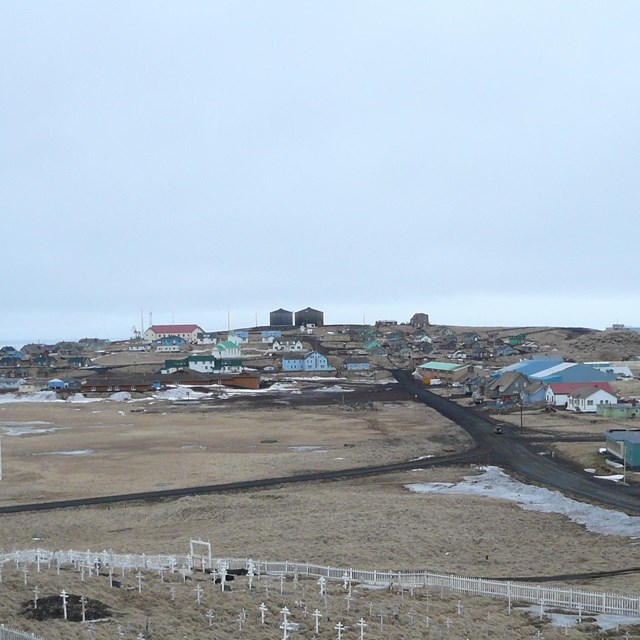 The Seal Islands NHL
The Seal Islands NHLThe Seal Islands National Historic Landmark, St. Paul and St. George Islands, Alaska
-
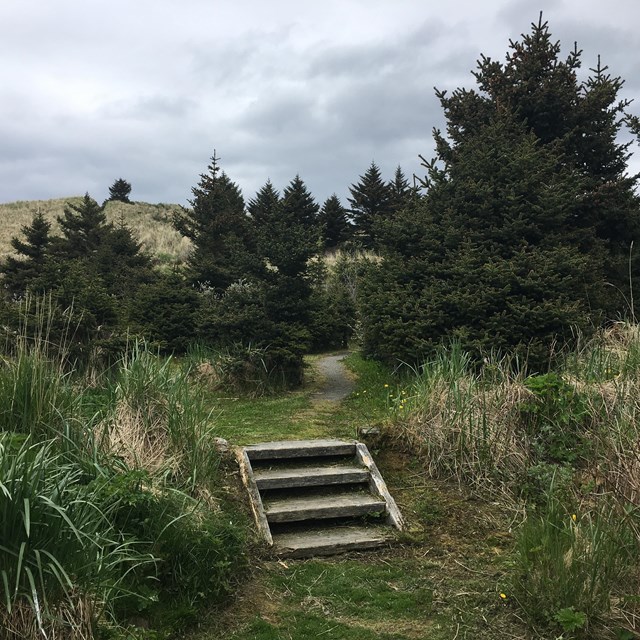 Tree farm in the AleutiansSitka Spruce Plantation NHL
Tree farm in the AleutiansSitka Spruce Plantation NHLSitka Spruce Plantation National Historic Landmark, Unalaska
-
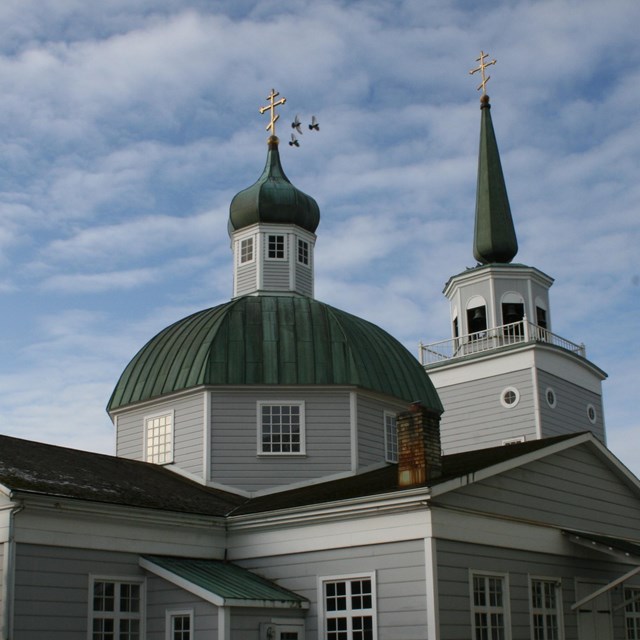 St. Michael's Russian Cathedral NHL
St. Michael's Russian Cathedral NHLConstructed between 1844 and 1848, the Cathedral of St. Michael the Archangel is the principal representative of Russian cultural influence
In the summer of 1741, Russian explorers got their first glimpse of Alaska. They were in a race against England, France, and Spain to claim territory in the Americas for commercial resources. Sea otter, fur seal, and fox furs were Russia's main interest in Alaska. Their strategy in the Aleutians was to kidnap Unangax (Aleut) women and children thereby forcing men to mass harvest animals if they wanted to see their families. Distracted by the brutality of the Russians, the time spent hunting for commercial pelts, and the fatalities in their communities from introduced diseases, Unangax communities struggled to survive.
The first permanent Russian post in Alaska was established on Kodiak Island in 1784. There, and elsewhere in Alaska, Russian colonizers alternated between bloody battles with Alaska's people and relying heavily on them for food. Alutiiq from Kodiak archipelago, Tlingit from southeastern Alaska, and Dena'ina from the Alaska Peninsula successfully defended their land and families from Russian control for many years but were eventually defeated as Russia continued to send more armaments.
By 1799, the Russian-American Co. controlled all Russian interest in Alaska, including north along the Bering Coast and 500 miles up the Yukon River into interior Alaska. As much as 23 Russian trading posts were established all over the region. St. Paul Island (part of the Seal Islands Historic District National Historic Landmark) and Sitka were the booming Russian towns of the period.
Russian Orthodox missionaries, first arriving around 1794, began a systematic effort to convert Alaska. Previously, Russian explorers had introduced Alaska Natives to their Orthodox beliefs and many had already converted. The most well-known missionary effort, by Father Ioann Veniaminov, began in 1823 in the Aleutians. He developed a written form of Unangax language, using Cyrillic characters, to translate the Bible and church material. He became fluent in six Alaska languages and wrote studies on the Unangan and Tlingit languages. Father Veniaminov eventually reached the highest level in the Orthodox Church, the Metropolitan of Moscow, and was canonized as a saint in the 20th century.
The first Russian church, the Holy Resurrection Church on Kodiak, was constructed in 1795. It included a school house and offered bilingual programs, thus serving to help preserve Native language in Alaska. The Orthodox Church in Alaska remains integral to many families today.
Last updated: November 29, 2017

